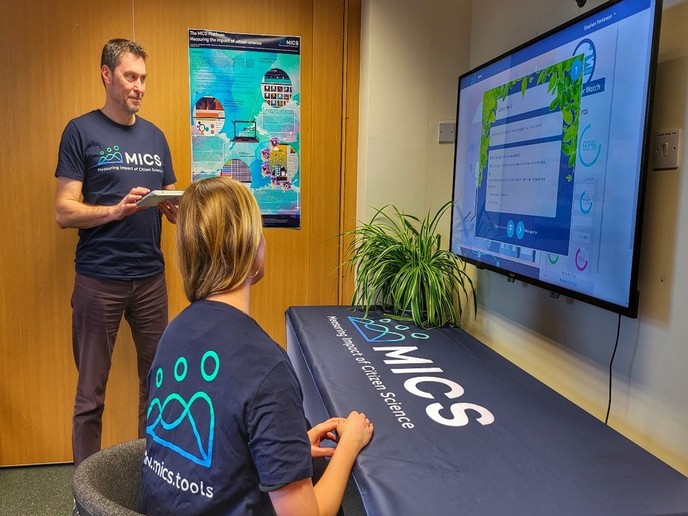Measuring the impact of citizen science
Citizen science, where the public collaborates with scientists to conduct research and produce scientific knowledge, has many potential benefits. Participants learn new skills and benefit from gaining a deeper appreciation of the scientific process, while scientists gain access to large, localised data sets that they simply could not collect working alone. Even society benefits, as citizen science projects can inform government decisions and support sustainable initiatives. “Whilst the potential of citizen science is well-documented, we are pretty limited when it comes to trying to measure it in a quantifiable way,” says Luigi Ceccaroni, a scientist at Earthwatch Europe. “In fact, there is no streamlined process for assessing a project’s impact and making comparisons to other projects.” With the support of the EU-funded MICS project, Ceccaroni and his colleagues are working to create methods and guidelines for measuring the impact of citizen science, which they will present in a comprehensive online platform. “The project is currently working on five case studies exploring the applicability of different citizen science approaches and tools across different regions and contexts,” adds Ceccaroni. Consider, for example, the Marzenego river in Italy. Over the years, the river’s course has been artificially modified, resulting in an increased flood risk. Furthermore, the river has become polluted due to urbanisation and agricultural activity. To change this, MICS adapted existing co-design methodologies from the EU-funded Ground Truth 2.0 project to bring together the local water authority, government leaders and citizen scientists. Together, they discussed the challenges related to the river and nearby wetlands, identified priorities, and provided citizen scientists with the tools and training they need to monitor and analyse water quality and vegetation.
A platform for everyone
Lessons learned from case studies in Hungary, Italy, Romania and the United Kingdom have been considered in the development of the MICS platform. As Ceccaroni explains, citizen-science project coordinators will be able to easily log onto the platform and enter their project’s data. Using artificial intelligence algorithms, the platform then generates an impact assessment of the project. “Because the platform will be made freely available, other citizen science projects will have access to the impact assessment tools and guidance and will be able to use the platform to consider the impact their activities are having,” notes Ceccaroni. The platform can be used at any stage of a project. For example, before a project begins, it can help shape the design of the project. A project that is already running can leverage the platform to help alter its activities to maximise its impact. After a project finishes, the platform can be used to summarise what was achieved and attract additional funding. “Each project will have its own page on the platform, from which they can share impact reports with anyone interested in their activities,” concludes Ceccaroni. “Ultimately, the platform will help citizen science projects think critically about their own impact and adapt their approach to ensure they deliver benefits to participants, the scientific community, the environment and society as a whole.”
Keywords
MICS, citizen science, scientists, research, co-design, citizen scientists







